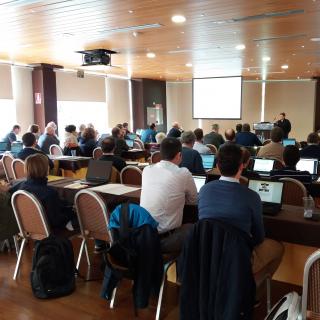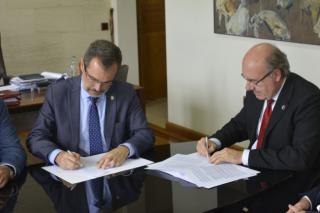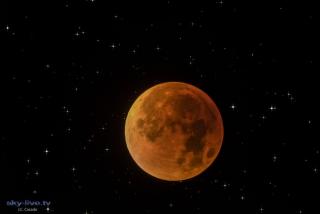
The Instituto de Astrofísica de Canarias (IAC) has been an active participant in the developement of this spectrograph which will be used for the first time on the European Extremely Large Telescope.
Advertised on
This section includes scientific and technological news from the IAC and its Observatories, as well as press releases on scientific and technological results, astronomical events, educational projects, outreach activities and institutional events.





